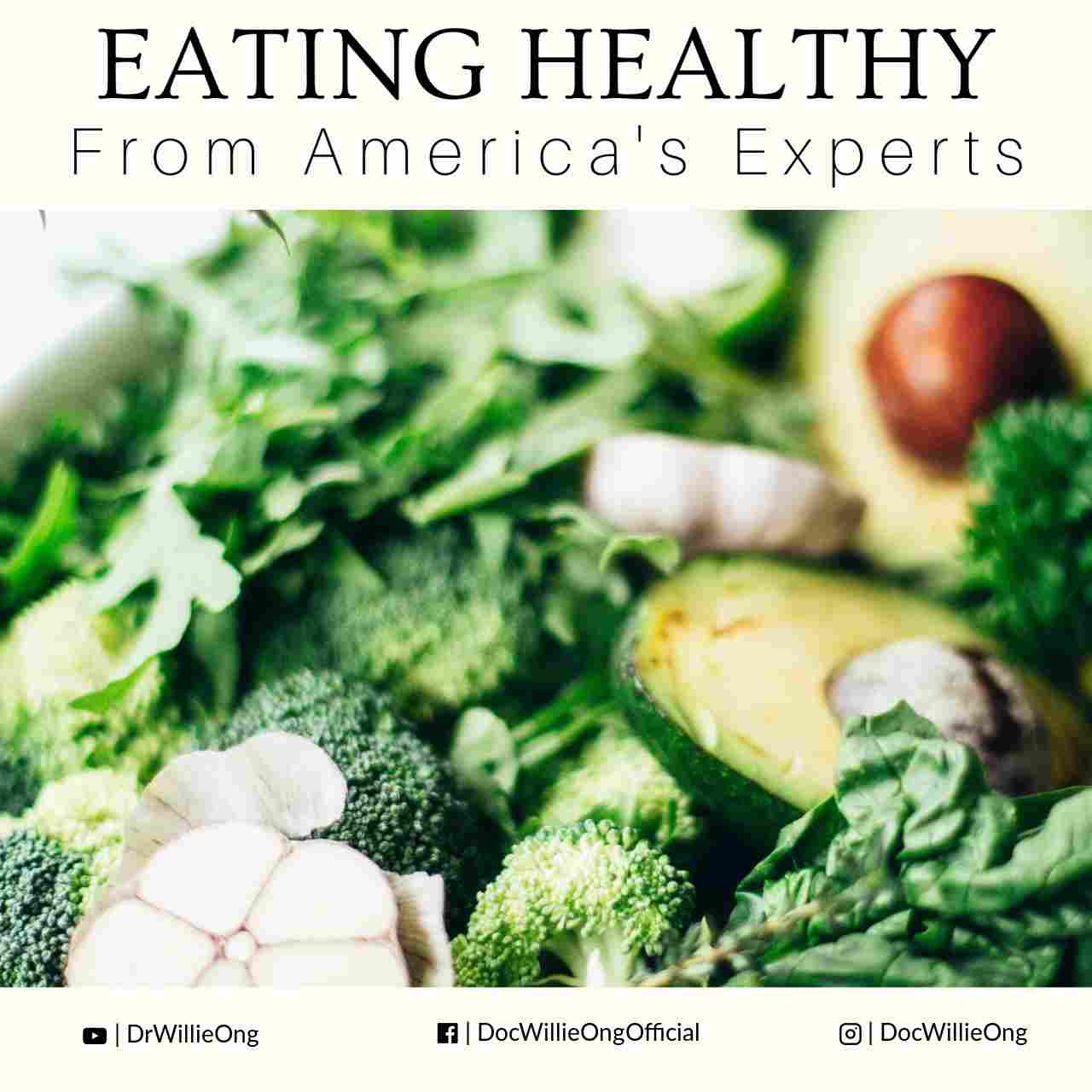By Dr. Willie Ong
Q. My husband and I are meat lovers. We are not used to eating vegetables. He has diabetes while I have high blood pressure. Both of us are over our weight limit. How do we start to diet?
A. Yes it’s very hard to diet. Feels like you’re going to die from starvation in the process. But you’re in luck, I have summarized the tips recommended by the American Heart Association. And don’t worry, you’re still allowed to eat meat, but you have to choose the right kind.
- Choose lean meats and poultry without skin.
The American Heart Association recommends eating no more than six ounces of cooked lean meat, poultry, fish or seafood a day (about the size of two decks of cards only per day).- The leanest beef cuts usually include sirloin, chuck, loin and round. Choose “choice” or “select” grades rather than “prime.” Select lean or extra lean ground meats.
- Lean pork cuts include tenderloin or loin chops.
- Remove all visible fat from meat and poultry before cooking.
- Duck and goose are higher in fat than chicken and turkey.
- Grilled, baked or broiled meats are healthier.
- Organ meats, such as liver, sweetbread, kidneys and brains, are very high in cholesterol.
- Cut back on processed meats that are high in sodium and saturated fat.
- Fish is healthier than meat.
- Recent studies show that eating oily fish containing omega-3 fatty acids (for example, sardines, mackerel and salmon) may help prolong your life.
- Prepare fish baked, broiled, grilled or boiled rather than breaded and fried.
- Fish can be fatty or lean, but it’s still low in saturated fat.
- Read nutritional labels.
Make reading food labels a habit. They’ll help you choose foods more wisely. Watch for these key terms, and know what they mean.- “Free” has the least amount of a nutrient.
- “Very Low” and “Low” have a little more.
- “Reduced” or “Less” always means the food has 25 percent less of that nutrient than the reference (or standard) version of the food.
- Select fat-free, 1 percent fat, and low-fat dairy products.
– If you drink whole or 2 percent milk, or use full-fat dairy products, gradually switch to fat-free, low-fat or reduced-fat dairy products.
– Look for fat-free or low-fat cottage cheese, part-skim milk mozzarella, ricotta and other fat-free or low-fat cheeses.
- Reduce cholesterol intake.
– Try to eat less than 300 mg of cholesterol each day.
– Some commonly eaten cholesterol-containing foods include whole eggs (about 200 mg per yolk), shellfish (50 to 100 mg per ½ cup), “organ” meats such as liver (375 mg per 3 oz), and whole milk (30 mg per cup).
– Egg whites don’t contain cholesterol and are good protein sources, so they’re fine. In fact, you can substitute two egg whites for each egg yolk in many recipes that call for eggs.
- Try to avoid beverages and foods with added sugars.
Drinking calorie-laden beverages will not make you feel full, hence you’ll eat more food and gain weight.
– Examples of added sugars are sucrose, glucose, fructose, maltose, dextrose, corn syrups, high-fructose corn syrup, concentrated fruit juice and honey.
– Read the ingredient list. Choose items that don’t have added sugars in their main ingredients.
- Salty isn’t healthy.
Aim to consume less than 2,300 mg of salt or sodium per day. Some people with high blood pressure should have less than 1,500 mg per day.
– Choose foods that are labeled “reduced-sodium.”
– Limit high-sodium condiments and foods such as soy sauce, fish sauce, bagoong, steak sauce, Worcestershire sauce, flavored seasoning salts, pickles and olives.
– Replace salt with herbs and spices or some of the salt-free seasoning mixes. Use vinegar, calamansi or hot chili to add flavor.
- Fiber is good for you.
Fiber is classified as either soluble or insoluble. Soluble fiber has been shown to help lower blood cholesterol while insoluble fiber may help reduce the risk of colon and rectal cancer.
– Foods high in soluble fiber include oat bran, oatmeal, beans, peas, citrus fruits and apple pulp.
– Foods high in insoluble fiber include whole-wheat breads, wheat cereals, wheat bran, cabbage, carrots and apple skin.
– Replace low-fiber foods (white bread, white rice, candy and chips) with fiber-containing foods (whole-grain bread, brown rice, fruits and vegetables).
– Try to eat more raw vegetables and fresh fruit, including the skins when appropriate. Cooking vegetables can reduce their fiber content, and skins are a good source of fiber.
– Be sure to increase your fiber intake gradually, giving your body time to adjust, and drink at least eight 8-oz. glasses of fluids a day.



